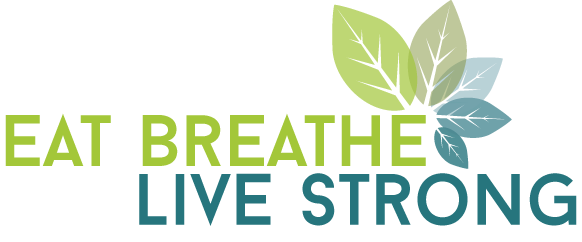Getting an adequate amount of nutrients is an important part of living a healthy lifestyle. However, many people do not know which vitamins are most important, or how to find the right supplements. This article provides some tips that are meant to help you find the right supplements.
Vitamins and minerals are a great way to prevent aging and retain that youthful appearance and resilience we had in our younger days. As you get older, you tend to start requiring more nutrients in the form of vitamins and minerals to keep your skin soft, fight off colds and promote energy that we would consume far more quickly by relying only on the foods we eat.
If you are lacking in the vitamin department, you should consider changing your diet. While many people take this as a sign that they need to run to the store and buy a supplement, most of the nutrients you need can be found in food. Do a little research in order to figure out what changes need to be made.
Never ignore the product warnings on vitamin levels. Vitamin and supplements can have serious side effects when taken with prescription and over the counter medicines. Ginseng can be very dangerous if you have high blood pressure or take heart medications. Lycopene can be deadly if you have a tomato allergy. Always read the warning labels or ask your pharmacist or doctor before taking any vitamins or supplements.
Vitamin A is a critical antioxidant that enhances the immune system, ameliorates vision, reduces risk of heart issues and retards the skin's aging process. Even so, it can be dangerous if you take too much, so stick to the recommended dosage. Squash, carrots and dark leafy greens provide vitamin A.
It is not a good idea to just buy a bottle of the cheapest vitamin/mineral supplement you can find on the shelf. Many of these supplements are made with chemical substitutes of the natural nutrient you need. Before you invest your money in any supplement, do your research so you can make a wise decision.
Some vitamins are stored in your body, and others are not. Water-soluable vitamins dissolve in the fluids in your body and are flushed out regularly. These vitamins include B vitamins and vitamin C. Because these vitamins are not stored in your body, it is important to consume these vitamins each day.
Before you begin taking any supplements at all, you need to talk to your doctor about being tested for nutrient deficiencies. If you don't do this first, you may be missing out on the key issues which are causing you to feel less than great. Get this done and then buy your supplements.
Talk to your doctor before taking any type of vitamins or minerals. Overdosing is possible on them. This occurs often when too many supplements are taken, and the danger is real. The affects of vitamin overdose depend on the particular vitamin, but the result is almost always unpleasant and sometimes life-threatening.
If you are having a struggle with the daily grind in life such as working multiple jobs and your household routine, you need to take more vitamins. When we are unable to allow our body time to unwind, we need more vitamins and minerals to keep it healthy and able to recover from a hectic schedule.
Your body needs a number of minerals and vitamins to properly function. If your diet is lacking in some of these substances, you can experience many different health problems. Using the tips above can help you locate the supplements for great health.
